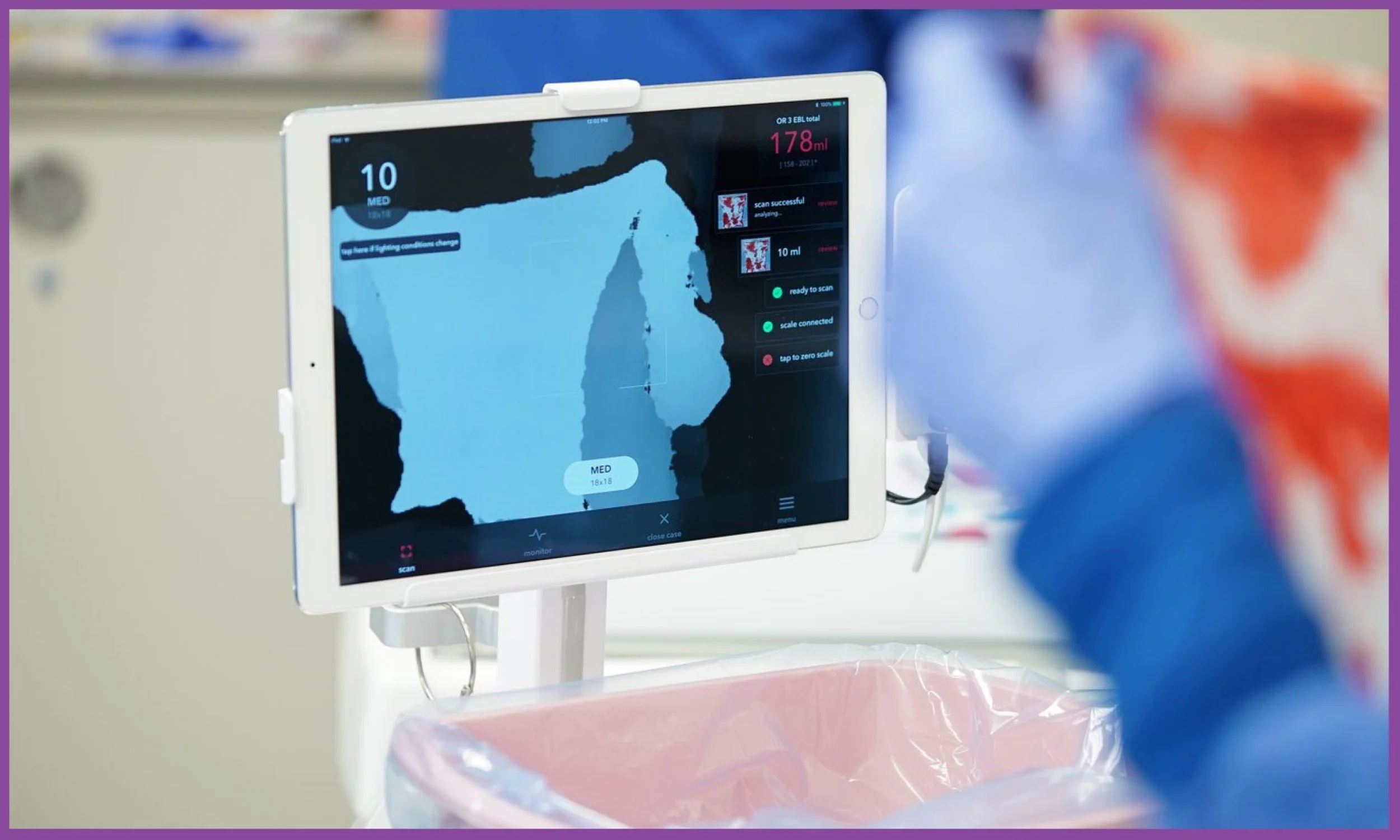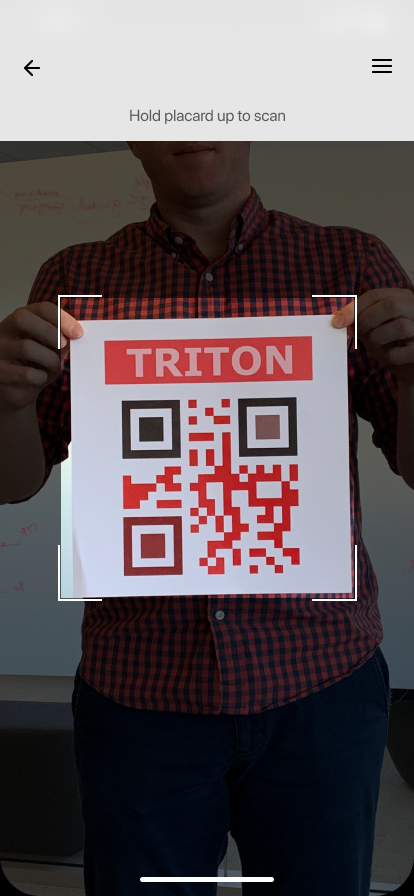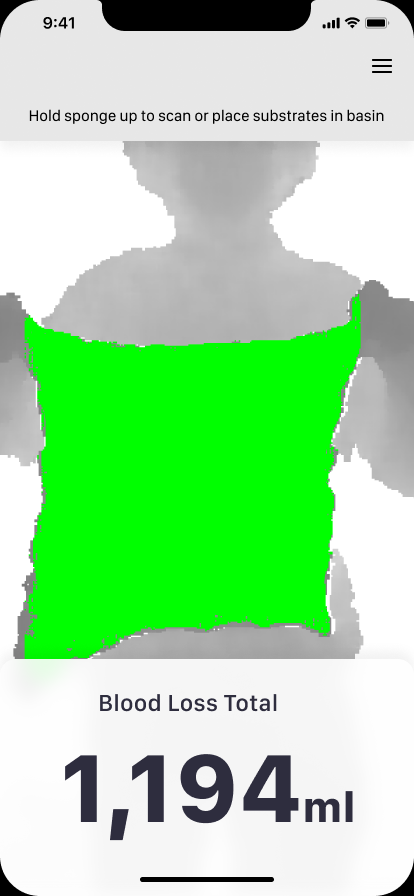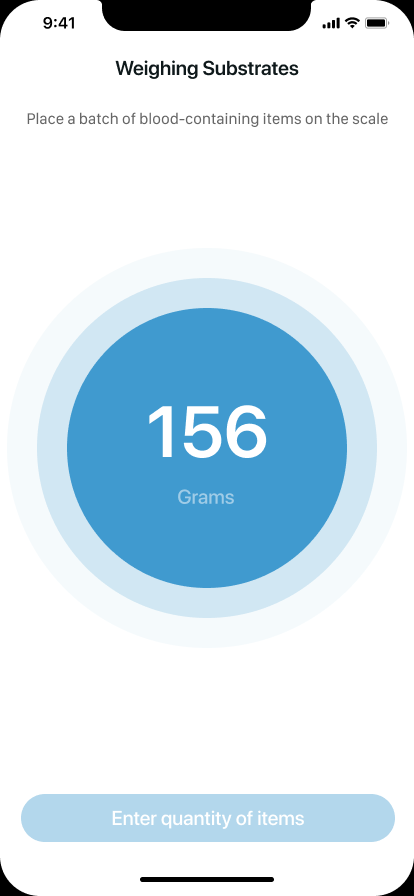
Gauss Surgical
Blood Loss Monitoring
Gauss’s flagship product, Triton, is an app that is used in the labor and delivery rooms to improve diagnostic accuracy to improve patient safety. The blood loss monitoring app leverages AI/ML and computer vision to detect surgical and obstetric hemorrhage in real time and notifies clinicians who can enact timely intervention and treatment.
Role
Product Designer
Tools
Figma
Objective
Initially the blood loss monitoring app was used on two separate devices, the iPad and iPod, to measure blood loss in both surgical sponges and canisters.
When the true depth sensor was available on the iPhone, there was an opportunity to migrate the two onto one device. This meant coordinating the two separate flows onto the iPhone, which would reduce the amount of devices and equipment was needed to estimate blood loss.
Refining the user flow
I worked with the product manager to identify the current flow and bring insight into a nurses workflow in an operating room setting, and how best we can fit the two device flows into one.
The iPod canister and vdrape entry was usually done towards the end of a case or postpartum, so it was easy to have a nurse complete those entries later or have the ability to reopen a case to enter the info for an accurate quantified blood loss (QBL) assessment.
Triton AI (iOS) app designs
After refining the user flow, I redesigned the screens incorporating Triton’s sponge scanning computer vision technology into the iPhone screen as well as restructuring how the case summary screen to fit onto a mobile device.
Although the screens from the iPod translated easily onto the iPhone, I worried about the reduction of information transitioning from the iPad. I needed to find other ways to display the same amount of information on a smaller device. I was able to utilize the iOS bottom sheet to layer more information through a swipe gesture to uncover the quantified blood loss during the case.
Usability Tests with Nurses
The product manager and I detailed tasks and scenarios into a research protocol for nurses to test a lightweight application. We went to a hospital and tested with nurses on their free time. These nurses were already familiar with Triton on iPad, but we wanted to gauge their sentiments around the iOS platform.
Nurses were successful in completing the scenarios presented to them, however were apprehensive of the smaller size and decreased font size—especially for older nurses going through a case in the operating room.
Results & Handoff
With the findings from the usability test, we wanted to make sure we increased the font size to enable easy recognition in the operating room and for accessibility for nurses who may have trouble with the smaller device. I also designed both a light and a dark mode for operating rooms that maneuver in dim lighting.
We were able to transition over 25 hospitals to the Triton AI (iPhone) platform and continued monitoring blood loss accuracy and sponge images in the analytics dashboard.








